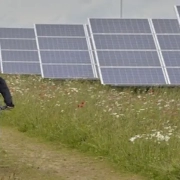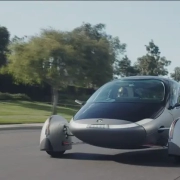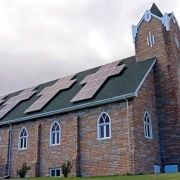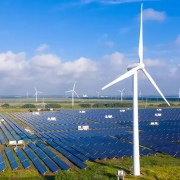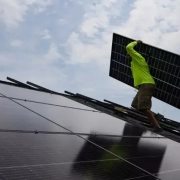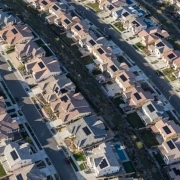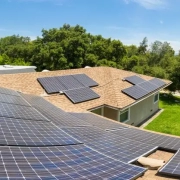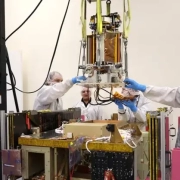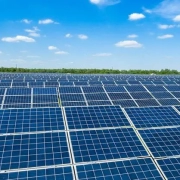As California’s utility regulator moves to complete its community solar program guidelines, hopes are high that a widely-supported tariff proposal will finally allow community solar and battery storage to help power the state.
“With the exception of community solar, California has often led the nation in state-level legislation and deployment of clean energy infrastructure,” stated Boston-based solar developer Perch Energy in December. This gap is set to be filled in July—the deadline for the California Public Utility Commission (CPUC) to develop and deliver its community solar program, as mandated by the state’s landmark 2023 Community Renewable Energy Act (AB2316).
Click here to read the full article
Source: The Energy Mix
—
If you have any questions or thoughts about the topic, feel free to contact us here or leave a comment below.

